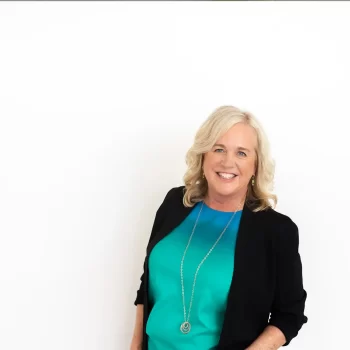Product vs. Marketing: Where should you invest your time?
According to a study by CB Insights, the top reason for startup failure is “No Market Need.” So when I talk about spending more time on your product or offer, what I mean is that you need to be absolutely, positively sure that your product or service solves a problem that someone cares about before you spend a lot of time and money promoting it.
The Rush to Market
In the early 2010s before the days of instant delivery of everything, one of my entrepreneurship students got really excited about a subscription service that would deliver personal hygiene essentials — deodorant, shampoo, toothpaste — to men in their early 20s. He was super enthusiastic because this was a solution that solved a problem of his — he hated going shopping and was always running out of things. I counseled him to talk to some of his potential customers, but he assured me his buddies loved the idea.
So he went out and purchased huge quantities of deodorant, shampoo and toothpaste and had them delivered to his small apartment. And then he started marketing. But he was having trouble making even his first sale.
What happened was that when he told the same buddies, it turned out it wasn’t a big enough problem for them to want to pay a monthly fee to solve. Even though they said they loved the idea when he initially asked.
That’s because on the surface, of course having that stuff delivered sounded pretty good. And of course they wanted to be supportive of their friend’s idea. But if he had asked them what their biggest challenge was around personal hygiene – it wasn’t going to the store. Or even if it was, going to the store wasn’t a big enough pain to get them to pull out their wallets when the time came.
A Common Pitfall…
Unfortunately, this is one of the most common things I see when I work with entrepreneurs who are having trouble generating revenue. Founders fall in love with their ideas and they have so much enthusiasm and they can’t wait to get it out there. So they incorporate and set up a website and dive into canva and start posting on social media and spend a bunch of money on a podcast set up…..
And then they get frustrated and dejected when their excitement isn’t mirrored by the market.
The reality is that we all have our own passions and things we get excited about. But that’s no guarantee that there are enough OTHER people that have the same passions, challenges and interests AND that are willing to pay money for something related to that.

That’s why your very first step, before your company name, before your logo, before your social media handles, needs to be validating that there’s a financially viable customer base for your product or service. But if your product is already out there, that’s ok too. You have a jumping off point to add features and benefits until you find the perfect combination that excites your ideal customer.
Design a Product That Solves a Problem
When you go into business for yourself, one of the surprises that few people mention is how long it takes to break-even or make a profit. The average is 18 months – 3 years! One of the best chances you have to land on the shorter end of that range is to take a customer focused approach when you design your offer.
What that means is that you develop a product/service/offer that is designed specifically to solve a problem for a specific audience that is willing to pay (and has the money to pay) to have that problem solved. Once you find that match (in venture-capital land they call it product-market fit), that’s when you should start putting your valuable resources into marketing. Not the other way around.
The data from multiple studies tells us that when big companies prioritize innovation and focus on product development, they outperform their peers in terms of revenue growth. And we know from the successes that come out of venture accelerators that finding product-market fit is a key step in the development of high-growth companies. And my work with thousands of entrepreneurs and students makes me confident that this practice translates to small businesses and single-person companies as well.
Steps to Design a Product That Solves a Problem
hope this post has convinced you to prioritize creating an offer that meets a significant customer need before you start marketing. If so, here are the initial steps you might want to take:
- Do 7-10 customer insight interviews to find out about the challenges and interests of your ideal customers. I talk about how to do that here, here and here.
- Once you understand what problem you’re solving, design a product or service that offers a solution.
- Go back to your customers and make sure that your solution actually solves the problem AND that the price they’re willing to pay is enough to cover your costs and power your business forward
Key Takeaways
- There’s a lot of data that confirms businesses are more successful in the long term when they focus on creating solutions that solve problems that customers are willing to pay to have solved.
- If your product/service doesn’t do that, no amount of marketing in the world is going to generate revenue. That’s why, in the beginning, you need to prioritize your offer over marketing.
This post is part of a series: 8 Secrets to Designing an Offer People Want to Buy




